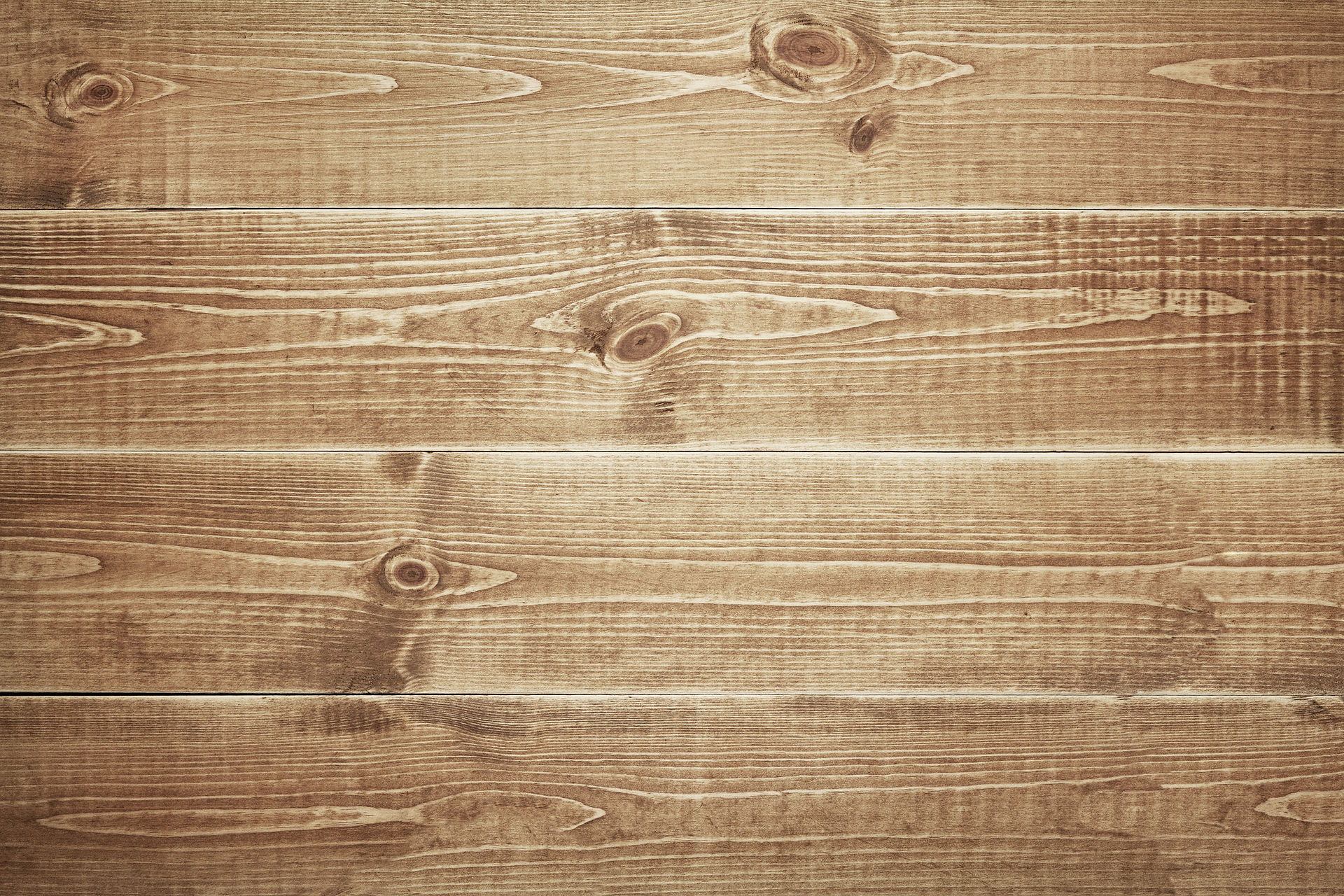Termite infestations can be a homeowner's nightmare, leading to costly damages and relentless anxiety. Therefore, choosing the right termite treatment is crucial. This blog explores two of the most common methods: termite tenting and spot treatments, helping you understand which is best suited for your situation.

Understanding Termite Tenting
Termite tenting, also known as fumigation, involves enclosing the entire structure in a tent and releasing a gas that penetrates all areas of the home, killing termites. This method is often used for severe infestations as it ensures complete eradication of termites throughout the house. According to the UF/IFAS Fact Sheet, this method effectively targets subterranean termites, which are the most destructive type found in Florida. By infiltrating every nook and cranny, tenting eradicates colonies that might otherwise go unnoticed and untreated.
A critical advantage of termite tenting is its ability to penetrate hard-to-reach areas such as attics, wall crevices, and beneath the flooring. This thoroughness makes it the treatment of choice for homes where termite activity is widespread. However, the preparation for tenting can be extensive. Homeowners need to temporarily vacate their properties, and all food items must be removed or sealed to prevent contamination. For those dealing with severe infestations, however, the trade-off is often worth it given the comprehensive nature of Tent Fumigation.
Spot Treatments Explained
Spot treatments are localized, targeting specific areas where termite activity is detected. This method is less invasive than tenting and uses chemical or non-chemical treatments applied directly to the infested areas, making it ideal for minor infestations. These treatments often utilize termiticides or bait systems to eliminate termites without the need for completely evacuating your home Learn more.
Spot treatments serve as a more affordable and convenient alternative to fumigation when the infestation is confined to a specific area. The technique treats termite infestations by applying termiticides topically or injecting them into the affected wood. It is particularly effective for treating drywood termites, which live directly in the wood they consume. The limitation of this method is that untreated areas can remain susceptible to termite activity, so comprehensive inspections like those offered by Pest Doctor are essential to ensure coverage.
Pros and Cons of Termite Tenting
While termite tenting is thorough and can address hidden colonies, it requires homeowners to vacate the premises for several days and may pose health risks due to chemicals involved. It can also be more costly than spot treatments. According to expert sources, tenting addresses termite colonies by effectively eliminating them. The financial investment can seem daunting initially, but the peace of mind knowing that all termites have been eradicated from the home is reassuring for many homeowners.
Conversely, this method involves extensive preparation, including securing alternative lodging, relocating food and medications, and potentially addressing plant vulnerability. Despite these challenges, tenting remains a go-to option for profound infestations that cannot be reliably controlled through localized means. Homeowners often opt for tenting when they require a one-time, extensive treatment rather than a recurring issue that spot treatments may inadequately handle.
Pros and Cons of Spot Treatments
Spot treatments are usually more cost-effective and less disruptive, allowing homeowners to remain in their homes during treatment. However, they may not reach termites in inaccessible areas, potentially leaving some colonies untouched. This method is suited for smaller infestations, making it a popular choice for handling early-stage termite problems.
Moreover, selecting the appropriate environmentally friendly chemicals in pest control is critical. Unlike tenting, spot treatments provide a more tailored solution, targeting only the necessary areas thus reducing the environmental impact and preserving beneficial organisms. Consequently, it requires less chemical usage compared to generalized fumigation. However, for deeply entrenched infestations, spot treatment might fall short, necessitating multiple applications that can add up over time. Learn more about choosing the right treatment here.
Factors to Consider When Choosing a Treatment
When deciding between termite tenting and spot treatments, consider the extent of the infestation, potential disruption to your daily life, and budget. A pest control expert's assessment can help in evaluating these factors effectively. Factors such as the type of termite, the location within the home, and the severity of the infestation must be considered in this decision-making process.
For example, subterranean termites, which are prominent in Florida, behave differently than drywood termites, requiring specific treatment strategies as mentioned in the ENY-210/IG097 Fact Sheet. Homeowners uncertain about the severity and extent of the infestations should consider consultations or services like a free termite inspection before planning any treatments.
Choosing the Right Termite Treatment for Your Home
Both termite tenting and spot treatments have their advantages and drawbacks. While tenting is comprehensive, spot treatments offer more immediate and localized solutions. Your choice should depend on the severity of the infestation, budget, and specific needs. Consulting with a pest control professional can provide guidance tailored to your home.



コメント